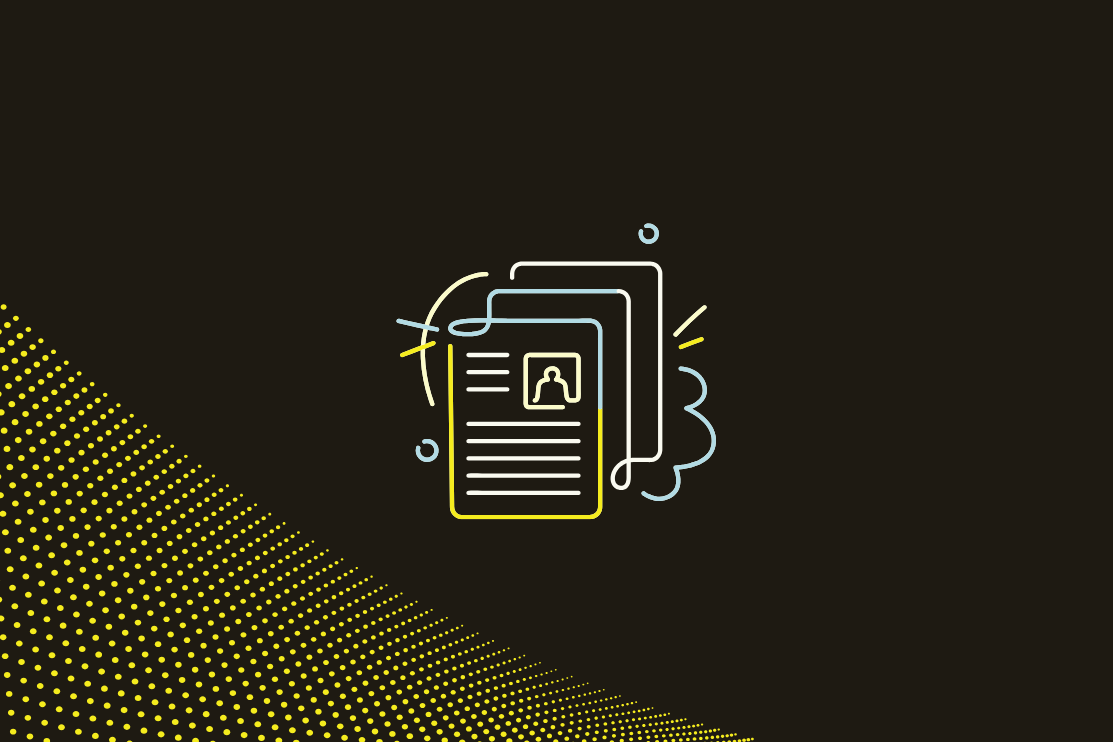Beyond the ESSER Cliff: Tips for Writing an Effective Grant Application
Beyond the ESSER Cliff: Tips for Writing an Effective Grant Application
Beyond the ESSER Cliff: Tips for Writing an Effective Grant Application
Beyond the ESSER Cliff: Tips for Writing an Effective Grant Application
Beyond the ESSER Cliff: Tips for Writing an Effective Grant Application
Beyond the ESSER Cliff: Tips for Writing an Effective Grant Application
Don't miss our breakout sessions!
Book time with our team on-site!
Our team is excited to meet you. Book a time that works best.


Tools and resources that drive a district’s college and career readiness (CCR) programming have become non-negotiable. In most districts, these tools are a critical piece of ensuring that students have what they need to select courses, connect with industry partners, explore future careers, learn about college and training programs, set goals, measure progress, graduate with requisite coursework, and leave high school with a tangible plan for their postsecondary next steps. And the need for digital tools that automate many of these functions is amplified with limited counseling staff, overwhelming caseloads, and ever-increasing student and family needs.
With districts across the nation facing shrinking budgets and the looming ESSER cliff, many administrators are being forced to make tough decisions about which programs, tools, and positions they are able to keep and which they must cut. Grant funding can be a powerful way to sustain the programs that are core to student learning and success and initiate new programs and services for students that are not feasible with current school budget constraints.
The landscape of grant opportunities is vast with a huge variety from grants provided by federal, state, and local governments to national philanthropic organizations to small local nonprofits and everything in between. Some grants are for very large sums of money that can support whole-district programs; others are for much smaller amounts that can fund smaller school-based programs. Some cover a broad set of uses; others have very specific goals and allowable uses. The good news is that there are many grant opportunities to support college and career readiness programs, tools, and innovative ideas.
Identifying Grants
Grant databases can be an efficient and effective way to find grants on a broader scale that meet your specific needs or aspirations. Grants.gov is a database managed by the federal government that centralizes more than 1.000 different grant programs across federal grant-making agencies awarding more than $500 billion annually. GetEdFunding is a free site dedicated to helping educators, schools, and institutions identify the funding they need in budget-tight times. Many professional organizations offer grant opportunities for members; educators can check sites of any organizations they are part of to see if there are award opportunities. Reaching out to local nonprofits to learn about their grant options can also be a great way to identify potential sources of funds.
Once you have a specific grant you would like to apply to, use the tips below to write an effective proposal.
Tips for Writing an Effective Grant Application:
- Understand the timeline and plan accordingly. Grant writing can be time consuming and require information from multiple sources. Knowing when applications are due, along with all of the necessary requirements, can help you to create a schedule that allows sufficient time to complete each step and get any necessary documentation from other individuals. Additionally, early in the process, consider which colleagues have specialization in the grant focus area and determine how and when their input is most valuable. When creating the timeline, be sure to leave at least a few days for review and editing before submission.
- Tailor the application to the organization who is providing the grant funding. Beyond reading the specifics of the grant, research the organization providing the funding. Learn about their mission and the focus of their work and consider how your proposal seeks to accomplish similar goals. Ensuring that your proposal speaks to both the specific grant requirements as well as the overarching vision mission, and work of the donor can be a differentiator for securing grant funding.
- Respond directly to each question. Take care to specifically answer each question with a concise response that acknowledges each component of the prompt. While it is beneficial to apply for multiple grants and some information is transferable across applications, it is essential that the information included is specific to what is being asked. Having an application that is tightly aligned to the requirements, and logical in its connection to the purpose of the grant, will significantly increase the chances of your application making it into the final rounds of decision making.
- Share evidence. Before an organization commits to funding a project, they want to know that there is a strong likelihood it will have an impact. For this reason, grant applications often require research, anecdotes from similar work, or case studies from other schools or districts. If citing research, aim to utilize the latest research, though some paramount studies hold for decades. You might also use examples from your own classroom or school of a project that you want to replicate or further develop. Sharing positive results from a pilot can provide the necessary evidence to support expansion.
- Clearly articulate how the grant will impact students or the broader school community. At the heart of grant writing is defining how the funding will be used to have a direct and positive effect on students, educators, and/or the school community. Grant reviewers want to know that there is a clear plan for the funds that is tied to student learning, wellbeing, and success. Including how the project will benefit these different groups and tying those benefits to broader outcomes like achievement, engagement, or postsecondary success can help reviewers more deeply understand the potential impact of the project.
Remember that Only Those Who Apply Have a Chance to Win
Applying for grants can be overwhelming and outside many administrators’ and educators’ comfort zones. Taking the chance, however, to try this new approach can be integral to providing students with powerful resources and innovative programs to nurture their learning and success. Some larger districts have grant-writing staff who can provide support in identifying and drafting applications. Consider reaching out if you have an idea you would like to find funding to support. And persistence is often key to securing grant funding. Apply for many and do not let a “no” from one grant stop you from submitting others. It only takes one “yes” to catalyze transformative opportunities for your students.
Related Posts
See All
.png)



